SEALED (HI)STORIES OF WORK AND MIGRATION
In a photography project about Stalag VIIA, a former German prisoner-of-war camp from the Second World War, the change in the semiotics of a historic building is artistically explored. The project is part of a transdisciplinary strategy to save the endangered monument.
Exhibitions:
18. April – 23 June 2024
Willy-Brandt-Haus, Berlin
Exhibition Opening:
Thursday. 18.4., 7 pm
Artist Tours:
Saturday, 27. April, 3 pm and Sunday, 26. May, 4 pm
10. October 2024
Gallery Menjacninca, Goethe Institute, Belgrade
7. to 10. November 2024
Zehentstadl Moosburg, near Munich
HISTORY OF THE STALAG BUILDINGS
– 1939 to 1945: One of the largest German prisoner of war camps/forced labour camps
– 1945 to 1948: Allied internment camp for officials of the Third Reich
– From 1948: Initial accommodation for displaced persons (Heimatvertriebene)
– From the 1960s: Housing for „guest workers“ from Turkey, Italy and former Yugoslavia
– Since 2017, the few remaining barracks have been uninhabited and are in danger of demolition
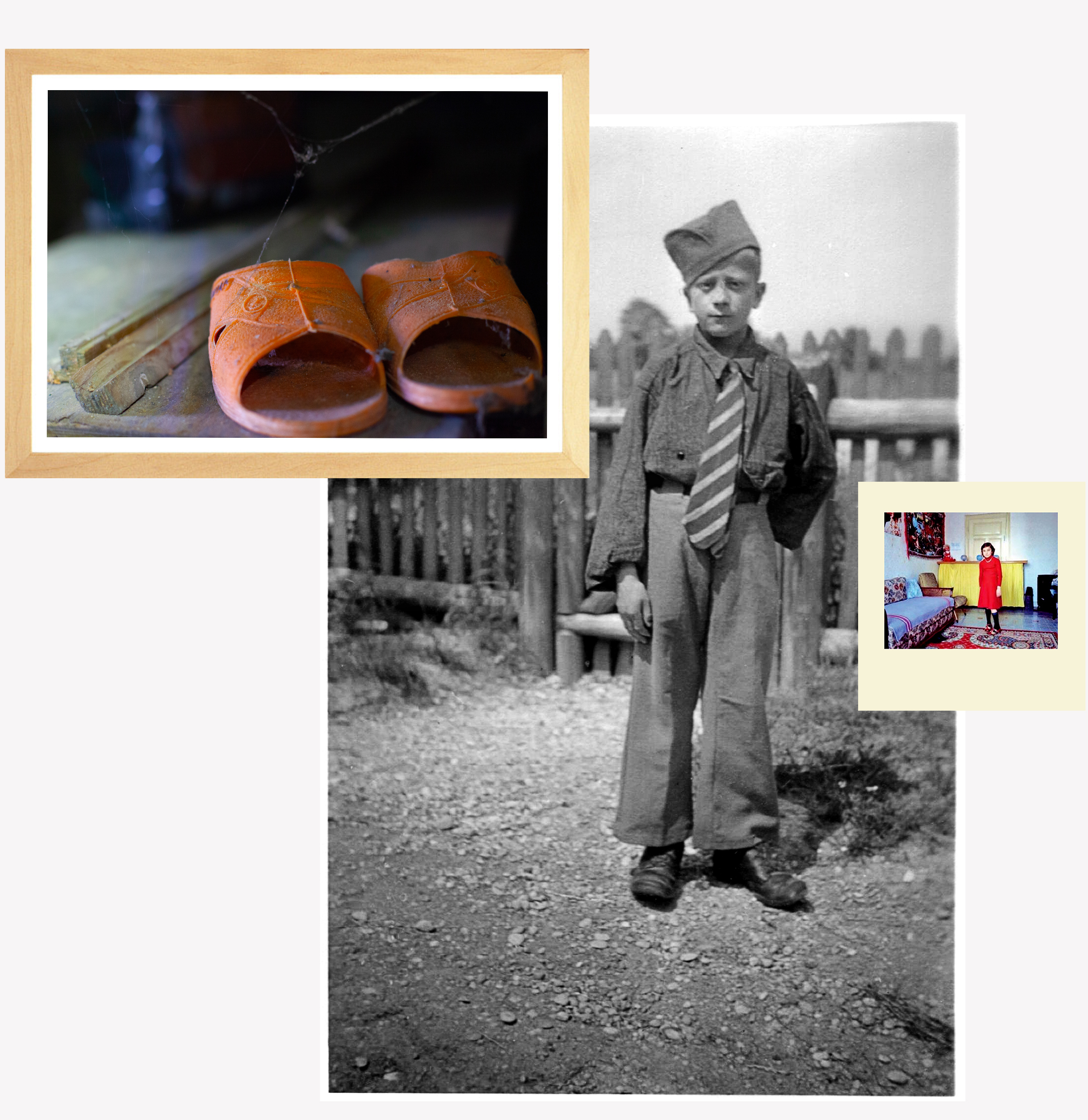
Polaroid: Photograph of Turkish guest worker family living in the Stalag barracks
Framed photograph: Remains in the buildings, photo by Sandra Ratkovic (2022)
Historical Photograph: Young Serbian war prisoner (photographer unknown, Archive Karl A. Bauer)
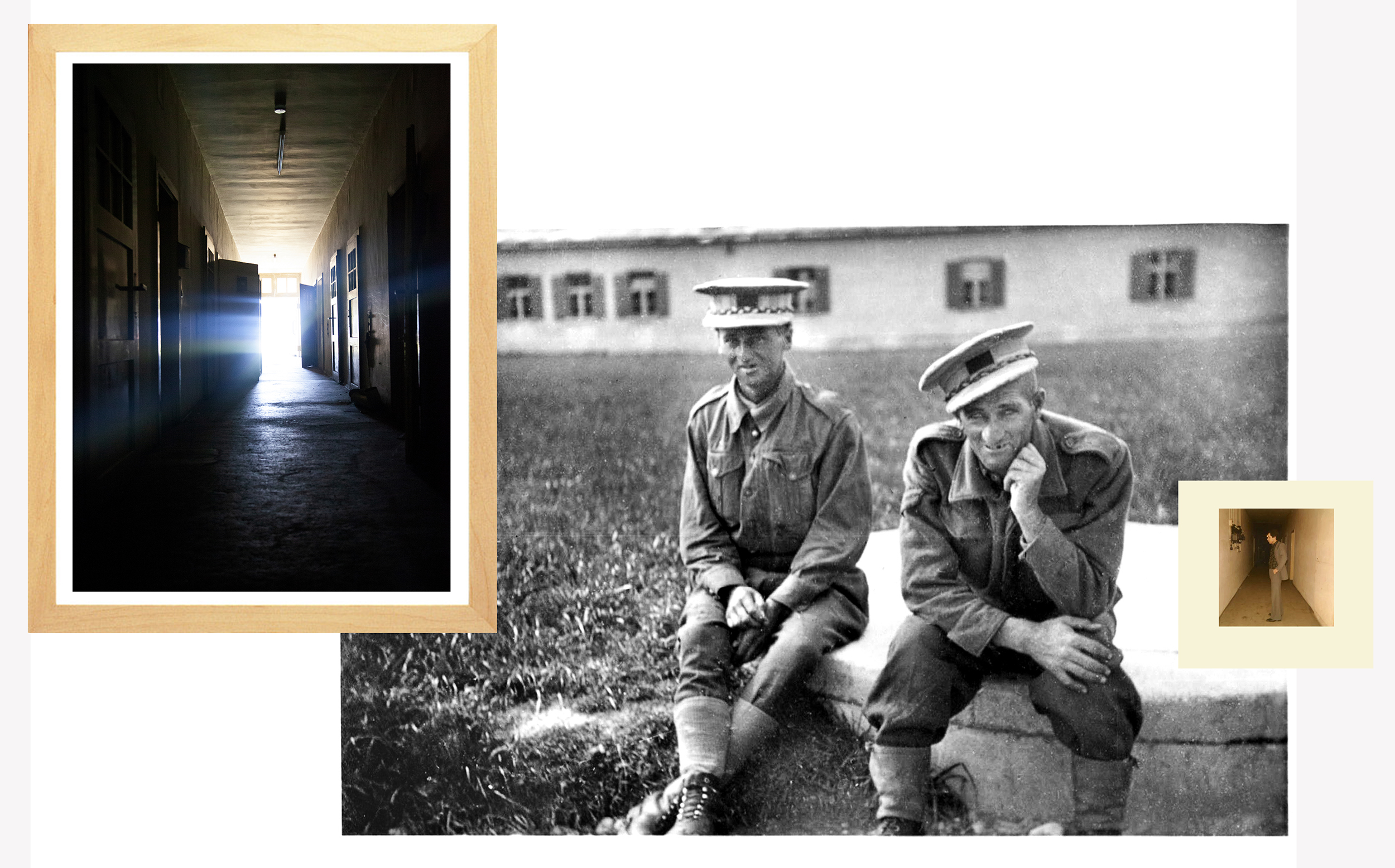
Polaroid: Photograph of Turkish guest worker family living in the Stalag barracks
Framed photograph: Remains in the buildings, photo by Sandra Ratkovic (2022)
Historical Photograph: British war prisoners (photographer unknown, Archive Karl A. Bauer)
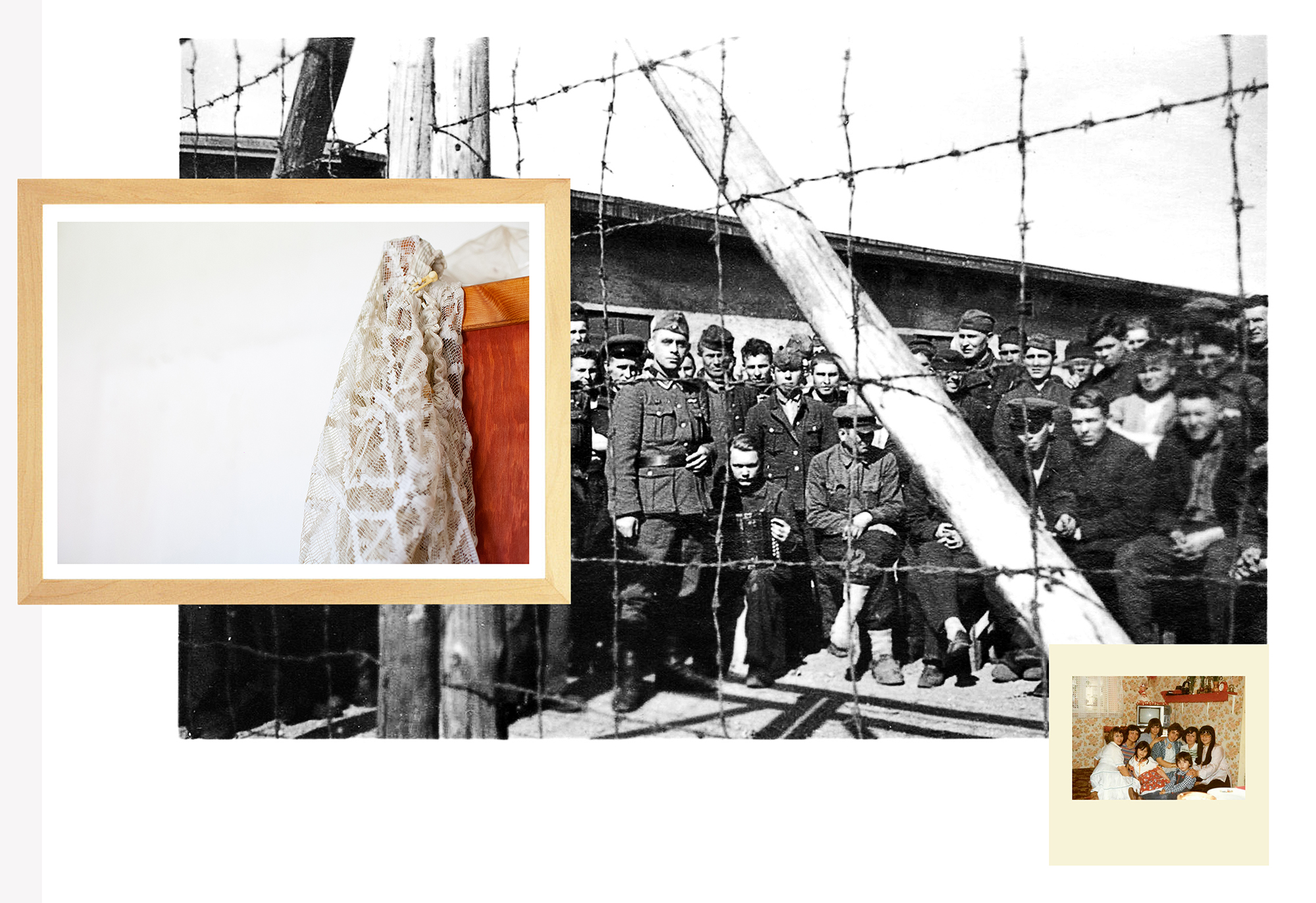
Polaroid: Photograph of Turkish guest worker family living in the Stalag barracks
Framed photograph: Remains in the buildings, photo by Sandra Ratkovic (2022)
Historical Photograph: Russian war prisoners and their guards (photographer unknown, Archive Karl A. Bauer)
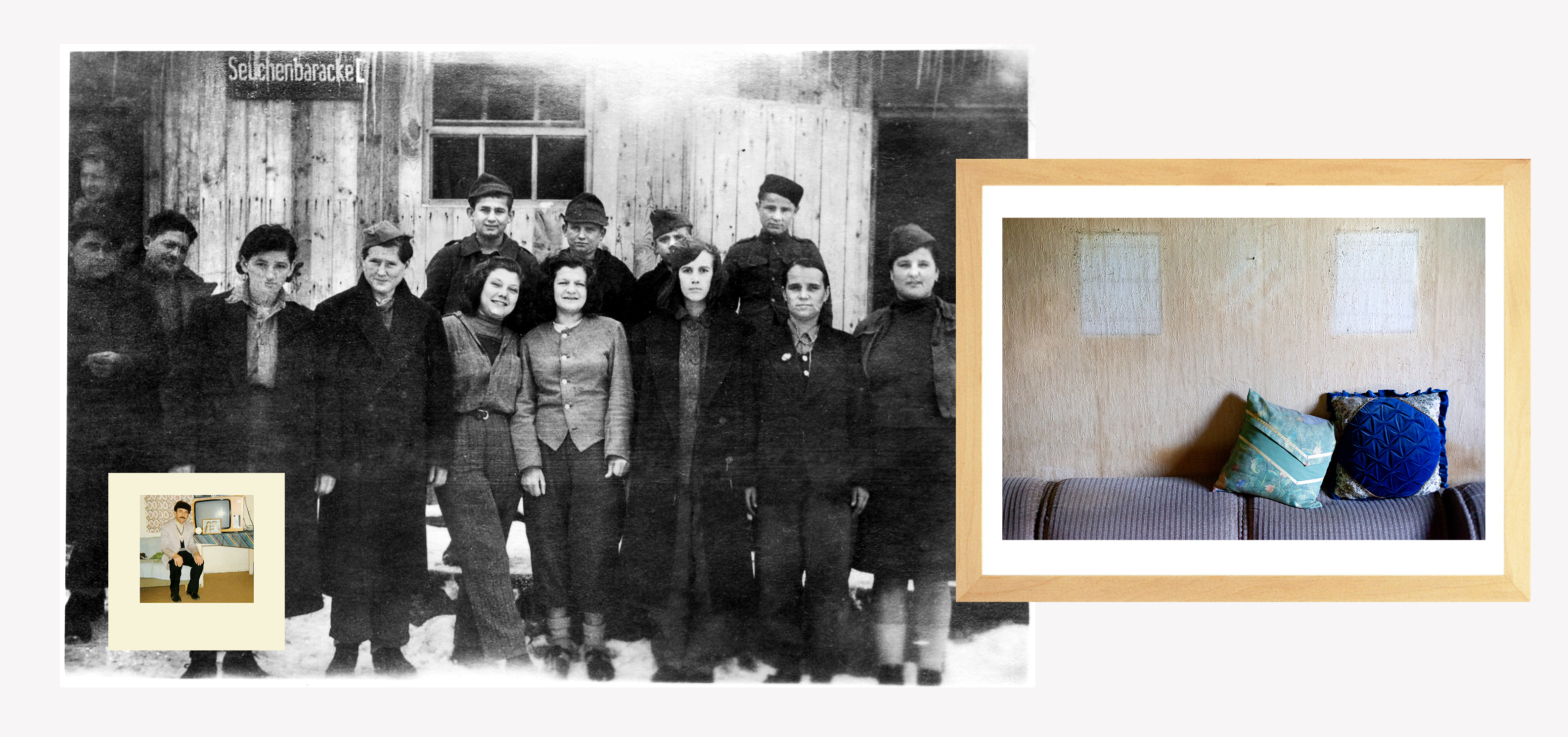
Polaroid: Photograph of Turkish guest worker family living in the Stalag barracks
Framed photograph: Remains in the buildings, photo by Sandra Ratkovic (2022)
Historical Photograph: Serbian women were trained and deployed as nurses, photo in front of the epidemic barracks D (photographer unknown, Archive Karl A. Bauer)
ABOUT THE PROJECT
In 2022 photographer Sandra Ratkovic had the opportunity to explore the sealed residential barracks on the site of the former prisoner of war camp and document the interiors photographically. In doing so, she came across astonishing overlapping uses. Her photographs reveal individual layers and at the same time ask: What remains? What is concealed under new layers?
The documented artefacts from the rooms in Moosburg bear witness to past life, especially the former accommodation for migrant workers from Turkey, Italy and the former Yugoslavia. However, the artist not only presents this documentation, but also creates a multi-layered kaleidoscope of the various layers of time and meaning that are still associated with the place today. Based on historical black-and-white photographs, she creates various image conglomerates in which she not only integrates images of the artefacts and views of the current urban situation, but also includes family photos provided by the former migrant workers.
AFTERLIFE – SEALED (HI)STORIES OF WORK AND MIGRATION visualises how different population groups such as prisoners of war, displaced persons and“guest workers“ lived or had to live under the respective circumstances and premises of the time. The artist evokes these circumstances in a poetic and haunting way.
„The overlapping of the most diverse fates and the associated periods of German history can be seen in detail and selectively in the rooms of Stalag VII A. For example, prisoners of war and then interned National Socialists slept in the same rooms. The bathrooms in the barracks were used by German guards during the Second World War and later by the Turkish ‚guest workers‘ – some of the furniture was still completely unchanged.“
In her artistic work, Sandra Ratkovic deals with social upheavals and their visual impact on urban landscapes and people’s living environments. Her own family also has a background as labour migrants and displaced persons. Her father arrived in Munich in 1973 as a „guest worker“ from the former Yugoslavia. Her maternal grandmother had to flee Silesia during the Second World War as a so-called displaced person.
CLOSE-UPS
Diptychs of found objects in the barracks (by Sandra Ratkovic) and family photographs of the work migrant families when they lived inside the barracks from the 1960s on (with kind permission of the owners):

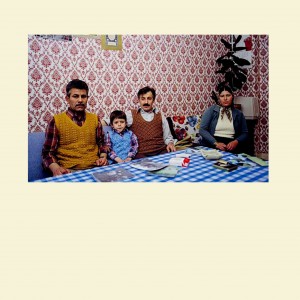

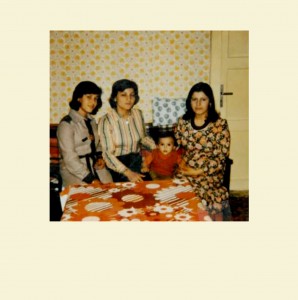

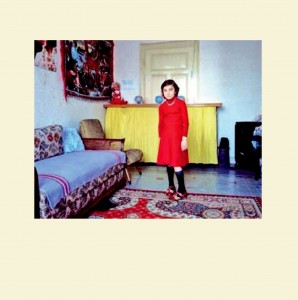

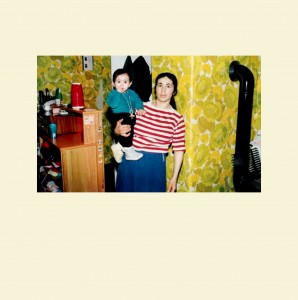
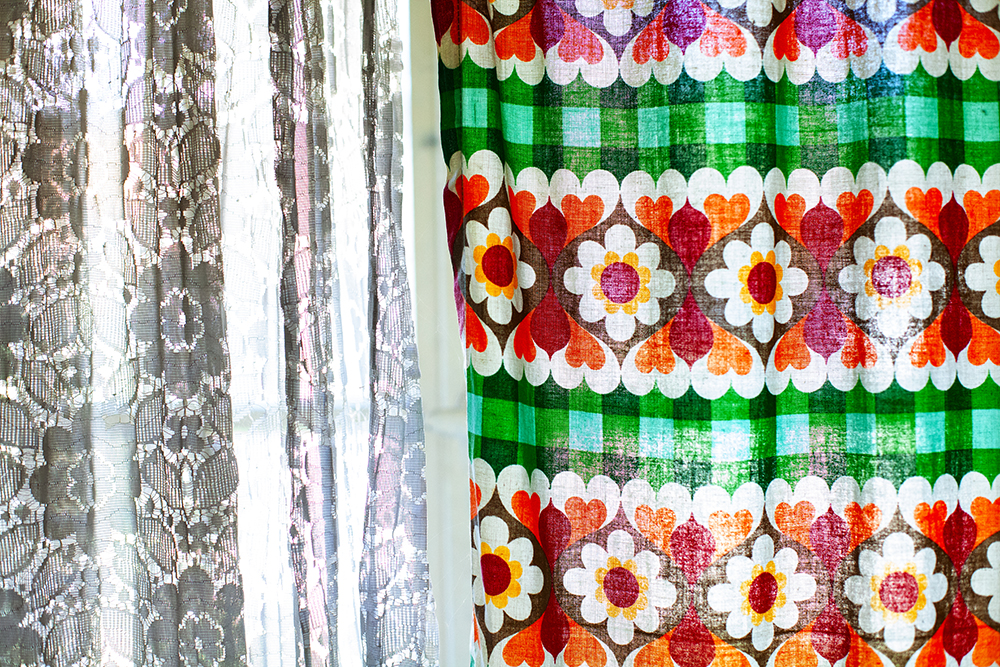
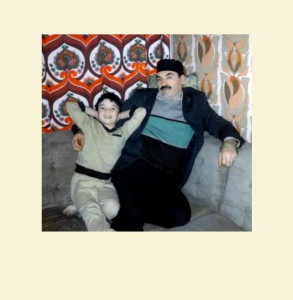

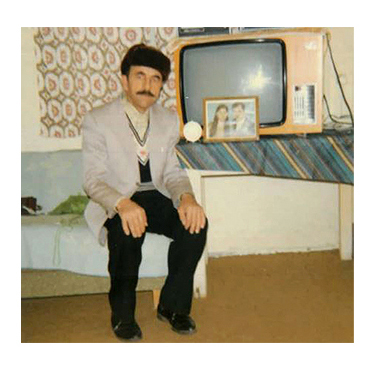

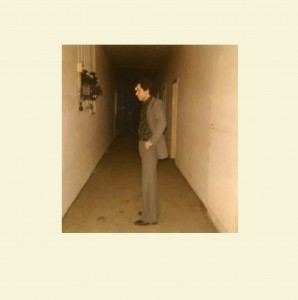
The area of the Stalag barracks today:


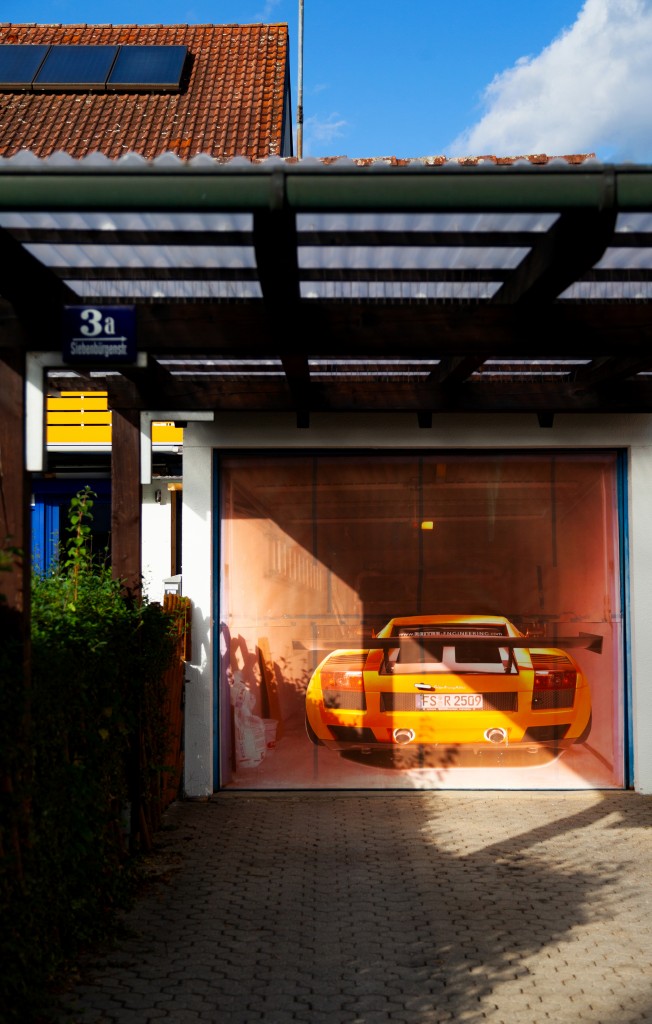
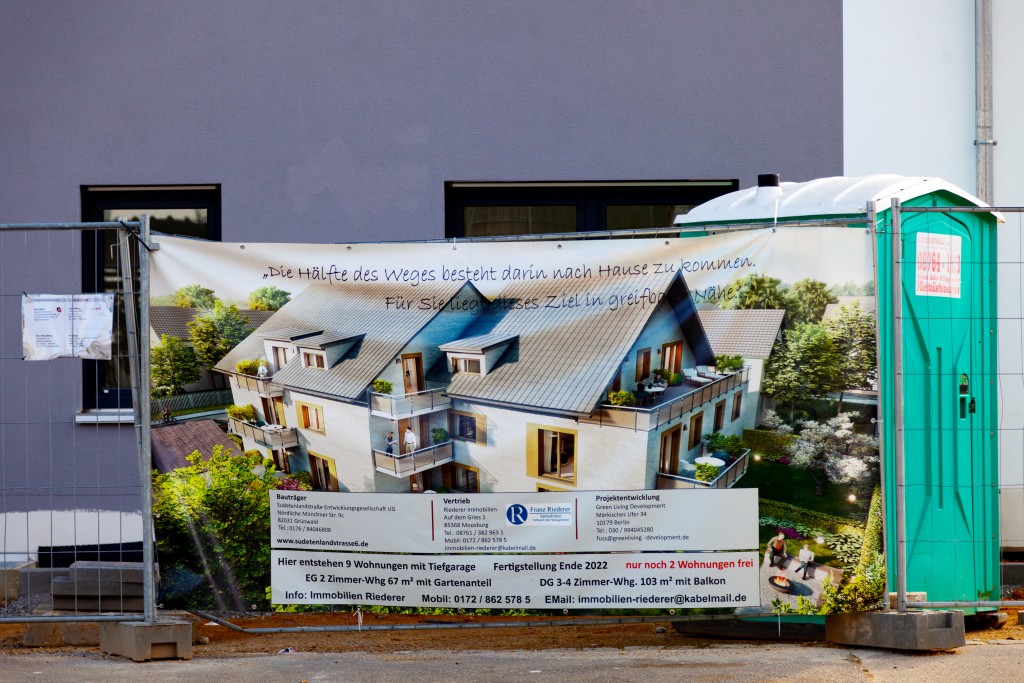
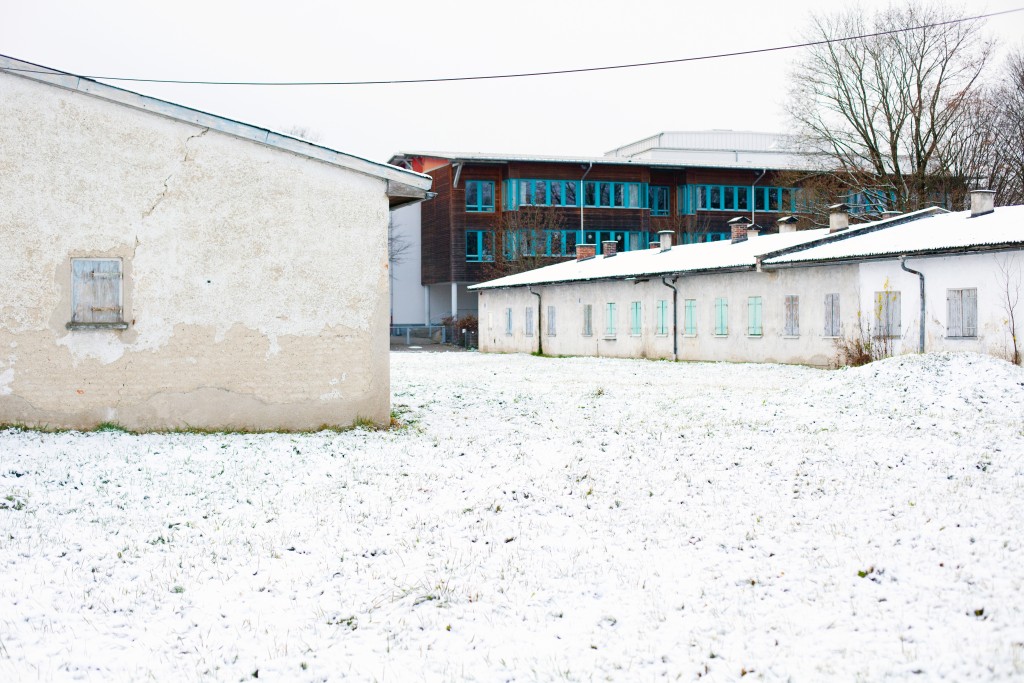
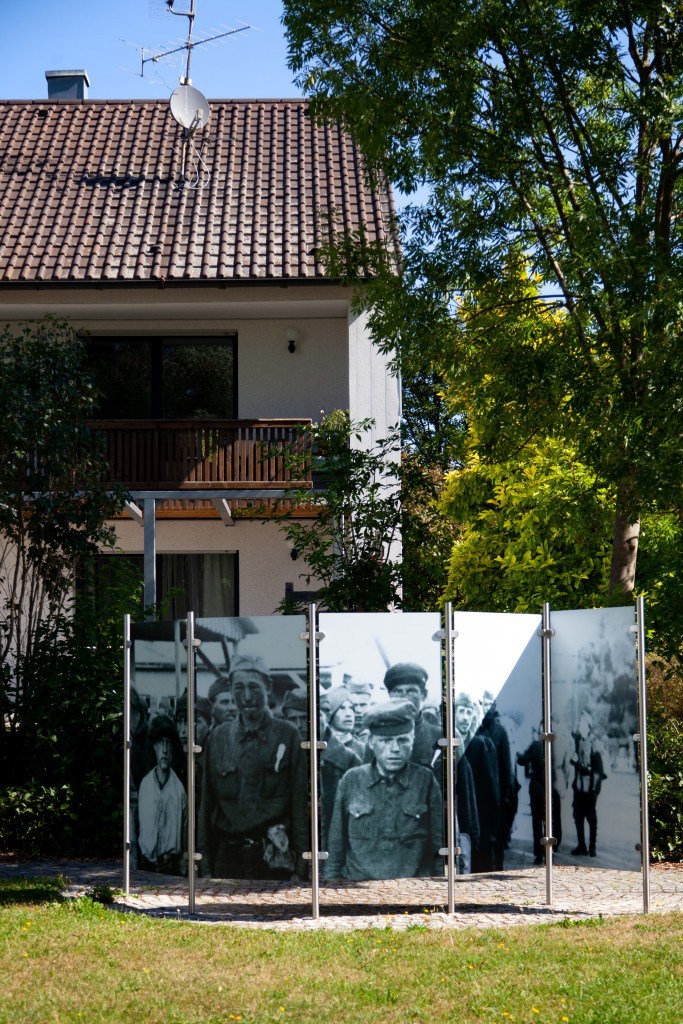
Map of the former war prisoner and forced labourer camp during the second world war
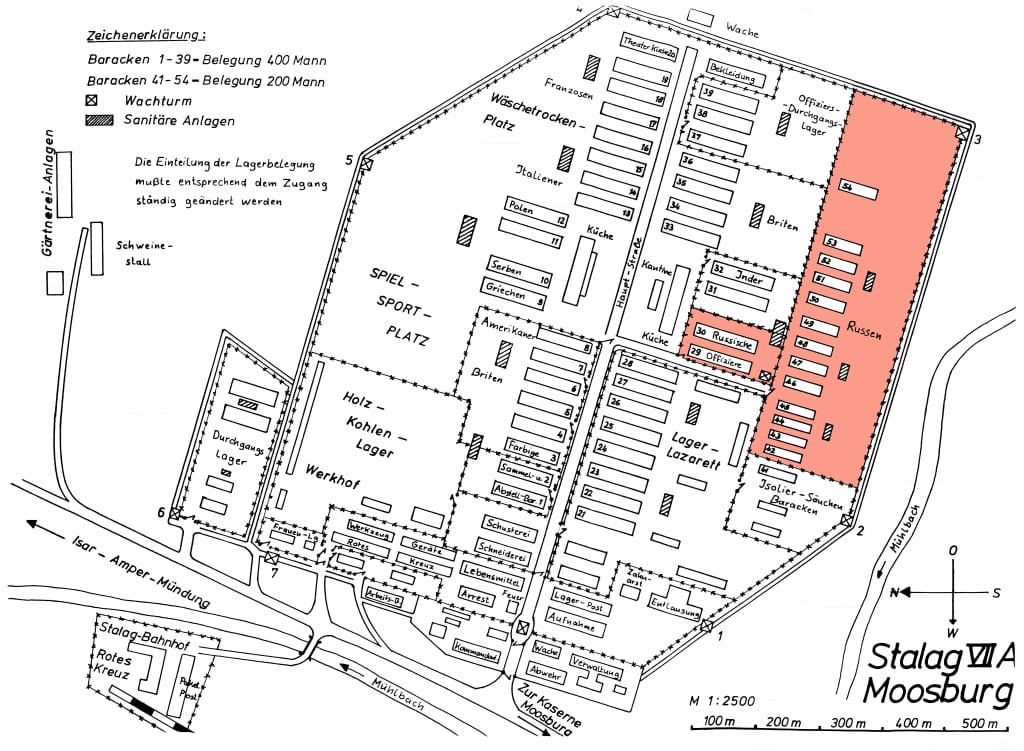
All Archive Material: With kind permission of the archive Karl A. Bauer